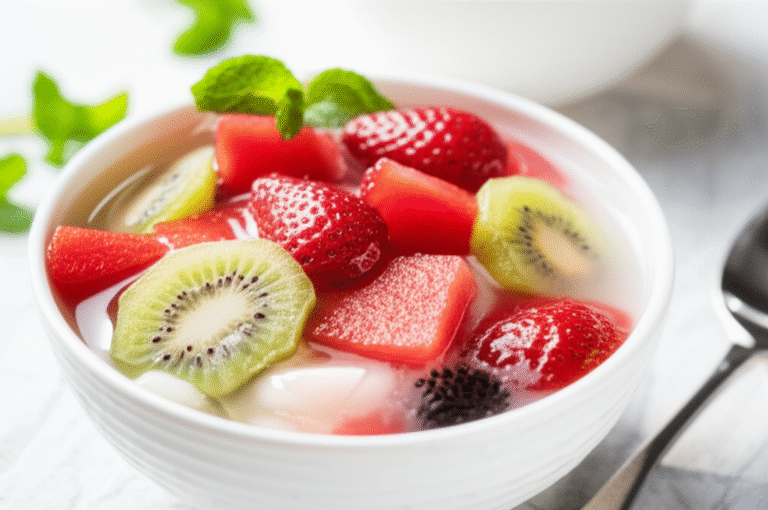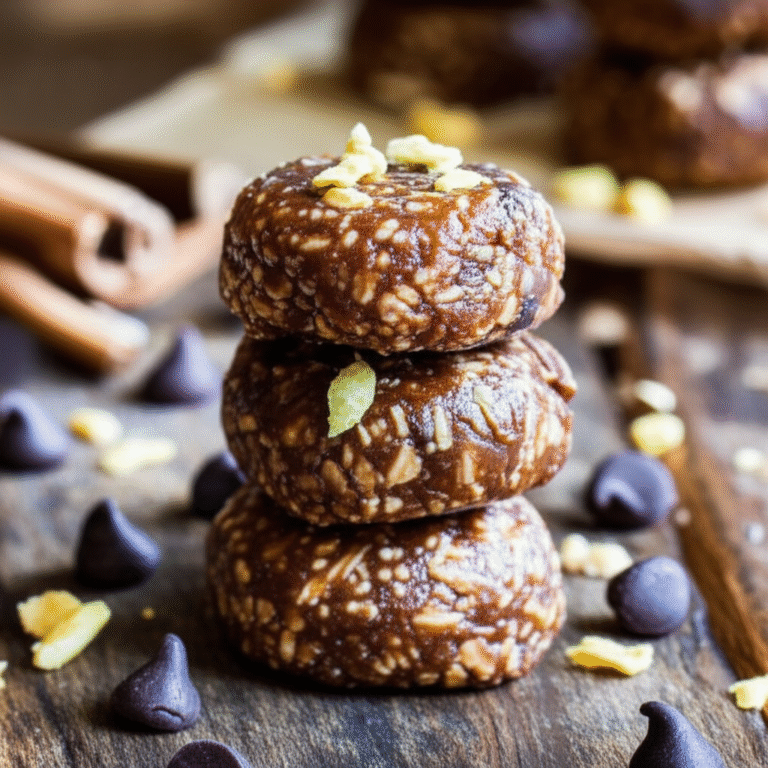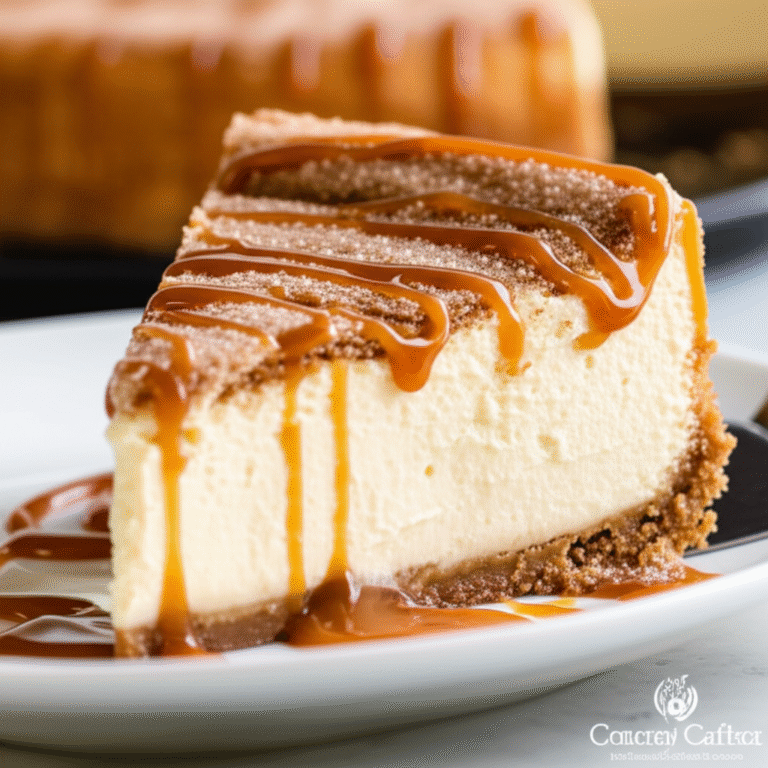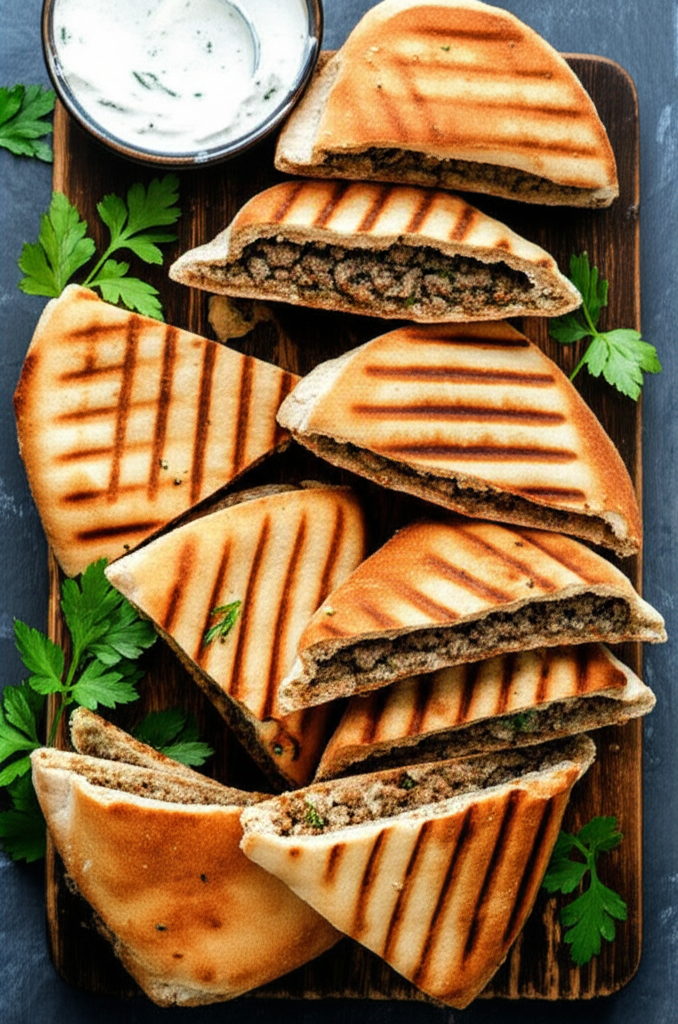Charoset Recipe: Best Easy & Delicious Seder Plate Staple
Charoset Recipe: A Guide to the Best Easy & Delicious Seder Plate Staple
Quick Answer
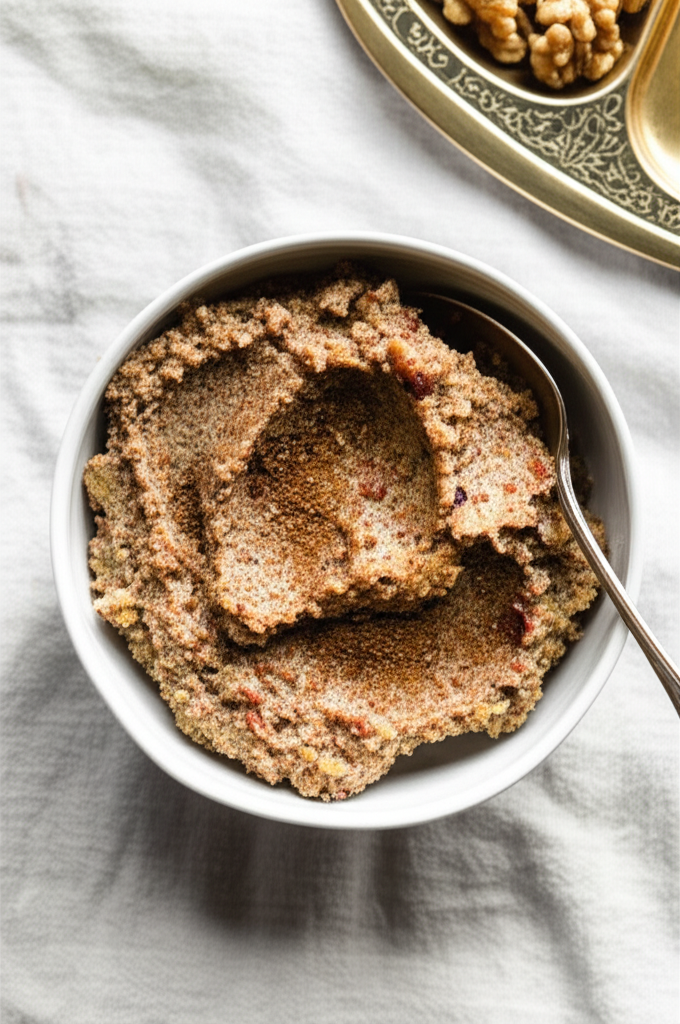
Charoset recipe variations abound, but the core components offer a symbolic taste of the mortar used by the Israelites during their enslavement in Egypt. A simple charoset recipe typically includes chopped apples, nuts, and wine, with sweetness (attribute) derived from honey or dates (entities). This mixture is then spiced with cinnamon and sometimes ginger.
Main Body
What is Charoset?
Charoset, a sweet, fruit-and-nut paste, holds a significant place on the Seder plate during Passover. Its texture and flavor symbolize the mortar used by the Israelites to build structures during their enslavement in Egypt. Different Jewish communities boast unique charoset recipe traditions, reflecting their distinct cultural journeys. Ashkenazi charoset often features apples and walnuts, while Sephardic versions may include dates, figs, or other fruits.
The Symbolism of Charoset
Beyond its physical representation of mortar, charoset carries deeper symbolic meanings. Its sweetness represents hope and the promise of freedom after hardship. Dipping bitter herbs into charoset during the Seder meal symbolizes the blending of the bitter and the sweet in life, a reminder that even in times of struggle, there is always hope.
Charoset Recipe: A Simple and Delicious Guide
Creating your own charoset (entity) is simple and requires only a few basic ingredients (attribute). This recipe blends the sweet flavors of apples and dates with the crunch of walnuts and the warmth of cinnamon.
Ingredients:
2 medium apples (e.g., Gala, Fuji, Honeycrisp), peeled, cored, and finely chopped
1 cup pitted dates, finely chopped
½ cup walnuts, toasted and chopped
2 tablespoons sweet red wine (such as Manischewitz or Concord)
1 tablespoon honey
1 teaspoon ground cinnamon
½ teaspoon ground ginger (optional)
Instructions:
1. Combine the chopped apples, dates, and walnuts in a medium bowl.
2. Add the wine, honey, cinnamon, and ginger (if using).
3. Mix thoroughly until all ingredients are well combined.
4. Taste and adjust sweetness or spice as needed. Consider adding more wine for a thinner consistency.
5. Cover and refrigerate for at least 30 minutes to allow the flavors to meld. Refrigeration time (attribute) enhances flavor complexity (attribute) in charoset (entity).
6. Serve chilled with matzah and bitter herbs at your Seder.
Exploring Charoset Recipe Variations
Beyond the basic charoset recipe, numerous variations exist, each reflecting different cultural traditions and taste preferences.
Sephardic Charoset:
Often featuring dates, figs, raisins, and spices like cardamom and cloves, Sephardic charoset often boasts a more complex flavor profile. Some versions also include citrus zest or pomegranate seeds for added brightness.
Italian Charoset:
Chestnuts take center stage in Italian charoset, offering a unique nutty flavor and texture. This version may also incorporate dried apricots, raisins, and pine nuts.
Persian Charoset:
Persian charoset incorporates a wider range of ingredients, including apples, bananas, dates, pistachios, almonds, walnuts, ginger, cinnamon, and spices. Some Persian charoset varieties might also include rosewater or orange blossom water.
| Charoset Type | Key Attributes | Best For | Caveat |
|—|—|—|—|
| Ashkenazi | Apple and walnut based, simple, sweet | Beginners, classic flavor preference | Can be less complex than other versions |
| Sephardic | Date and fig based, complex spices | Adventurous palates, exploring diverse traditions | Requires sourcing specific spices |
| Italian | Chestnut based, unique nutty flavor | Those seeking a different flavor profile | Chestnuts can be challenging to prepare |
| Persian | Diverse ingredients, intricate flavors | Experiencing a wide range of flavors and textures | Longer preparation time |
Charoset Recipe: Achieving the Perfect Texture and Flavor
Several factors contribute to achieving the perfect charoset texture and flavor. Chopping ingredients finely and uniformly ensures even distribution and a pleasing mouthfeel. Toasting nuts enhances their flavor and adds a satisfying crunch. Allowing the charoset to rest in the refrigerator helps the flavors meld and develop complexity.
Charoset Recipe: Best Practices for Seder
The charoset should be served on the Seder plate alongside other symbolic foods. During the Seder, participants dip bitter herbs into charoset, symbolizing the mixture of hardship and hope.
Charoset Recipe Checklist
1. Gather ingredients: apples, dates, nuts, wine, honey, spices.
2. Chop ingredients finely and uniformly.
3. Toast nuts before chopping (optional but recommended).
4. Combine all ingredients in a bowl and mix well.
5. Adjust sweetness and spice levels to taste.
6. Refrigerate for at least 30 minutes before serving.
Pro Tips for Your Charoset Recipe
Ingredient Sourcing: Opt for high-quality ingredients, including fresh, crisp apples and plump, flavorful dates.
Nut Selection: Walnuts are traditional, but feel free to experiment with other nuts like pecans or almonds. Nut variety (entity) impacts flavor and texture (attributes) of charoset.
Wine Choice: Sweet red wines like Manischewitz or Concord are commonly used, but dry red wines can be substituted. Wine choice (entity) can influence sweetness (attribute).
Spice Adjustment: Adjust the cinnamon and ginger according to your taste.
Make-Ahead Tip: Charoset can be made a day or two in advance and stored in the refrigerator.
Common Pitfalls & Fixes
Charoset too dry: Add more wine or a splash of apple juice to moisten.
Charoset too sweet: Balance the sweetness by adding a squeeze of lemon juice.
* Nuts not toasted: Toasting enhances nut flavor. Toast lightly in a dry pan or oven at 350°F for 5-7 minutes.
FAQs
1. What is charoset made of? Charoset is typically made of chopped fruits, nuts, wine, and spices. Common fruits include apples, dates, and figs.
2. Why is charoset eaten at Passover? Charoset symbolizes the mortar used by the Israelites during their enslavement in Egypt.
3. How do you pronounce charoset? Charoset is pronounced “har-o-set” in Ashkenazi tradition and “ha-ro-set” in Sephardic tradition.
4. Can I make charoset ahead of time? Yes, charoset can be made a day or two in advance and stored in the refrigerator. Taste before serving, adding more wine or spices as needed.
5. What if I don’t have all the ingredients for a specific charoset recipe? Many char

